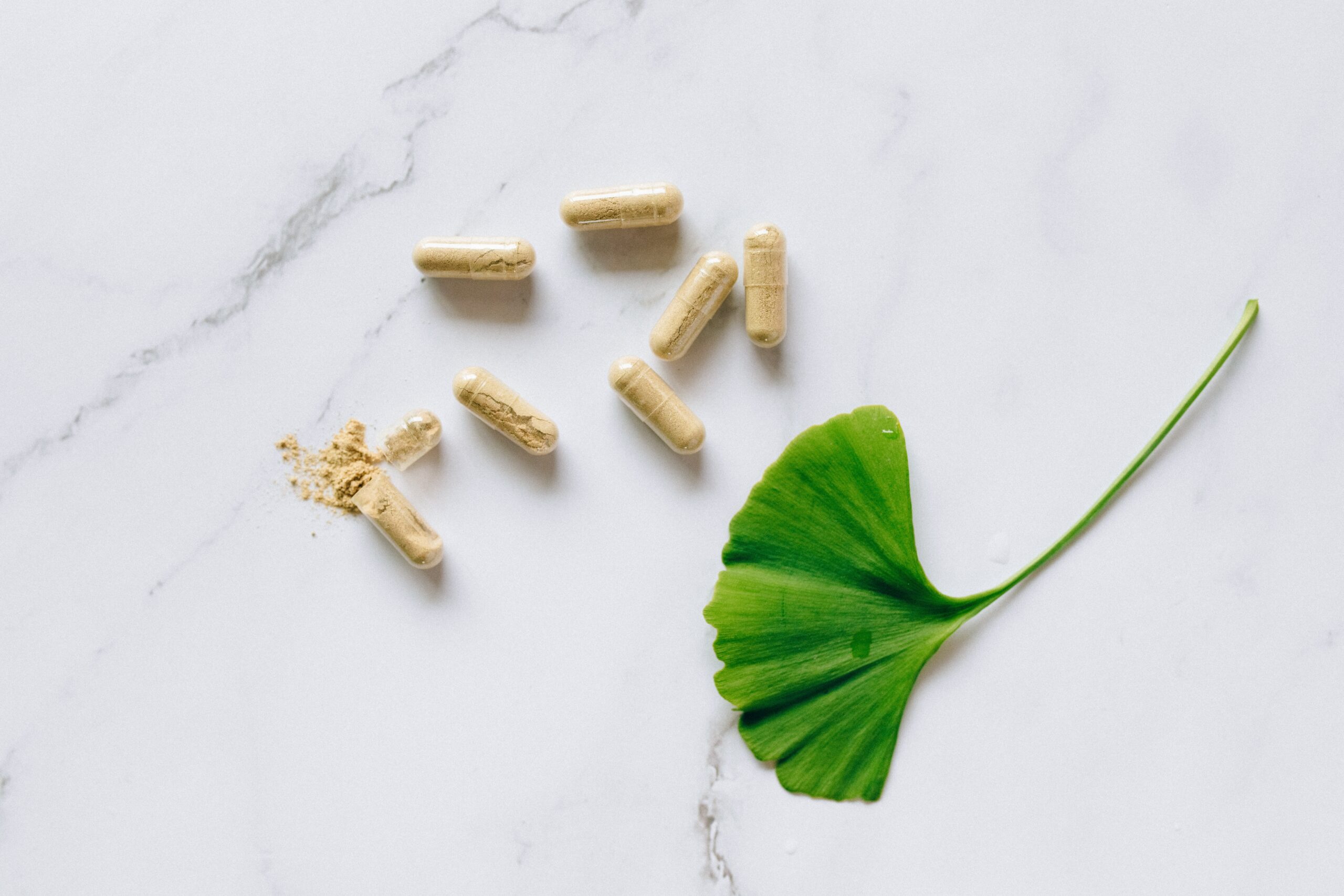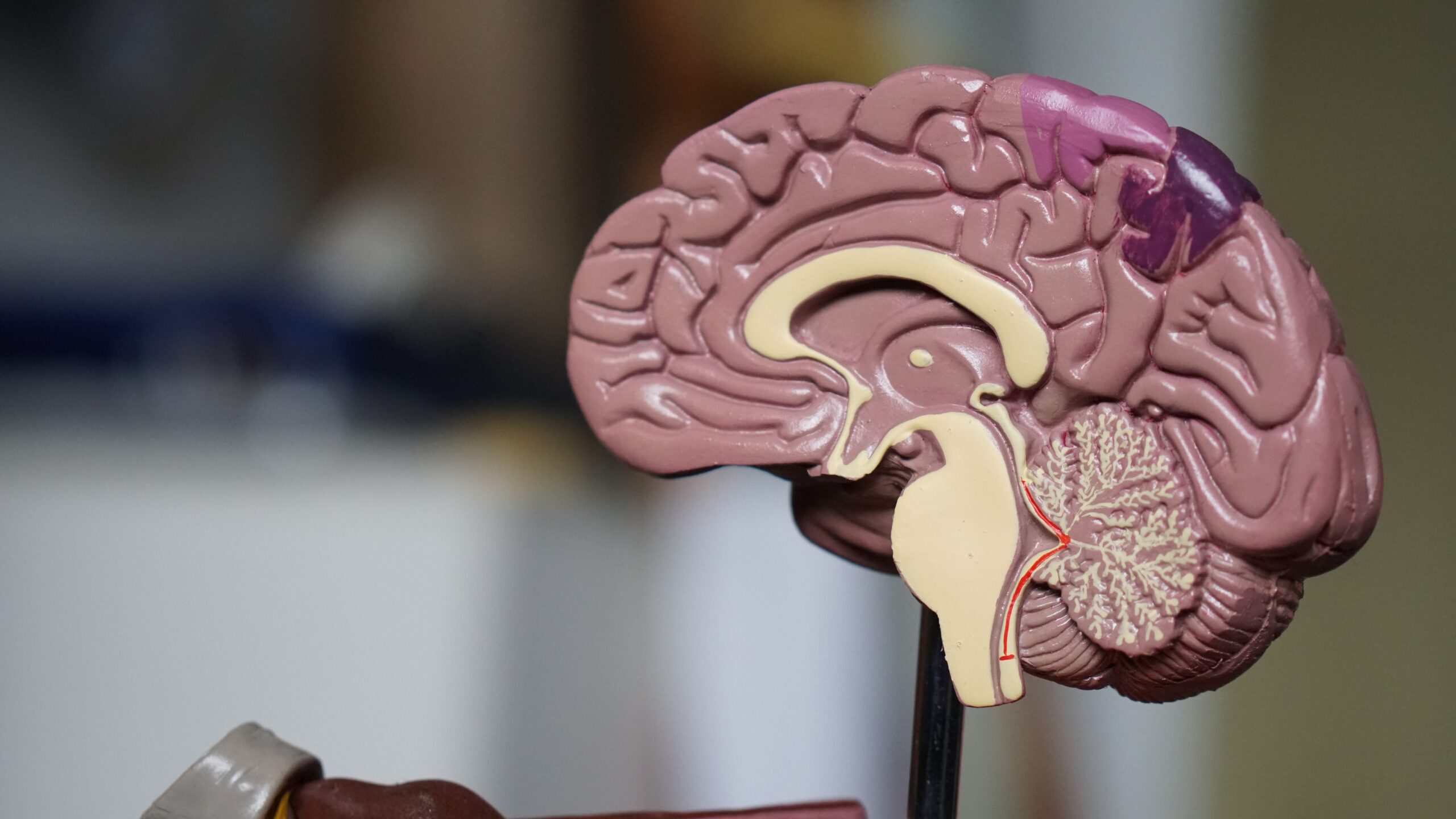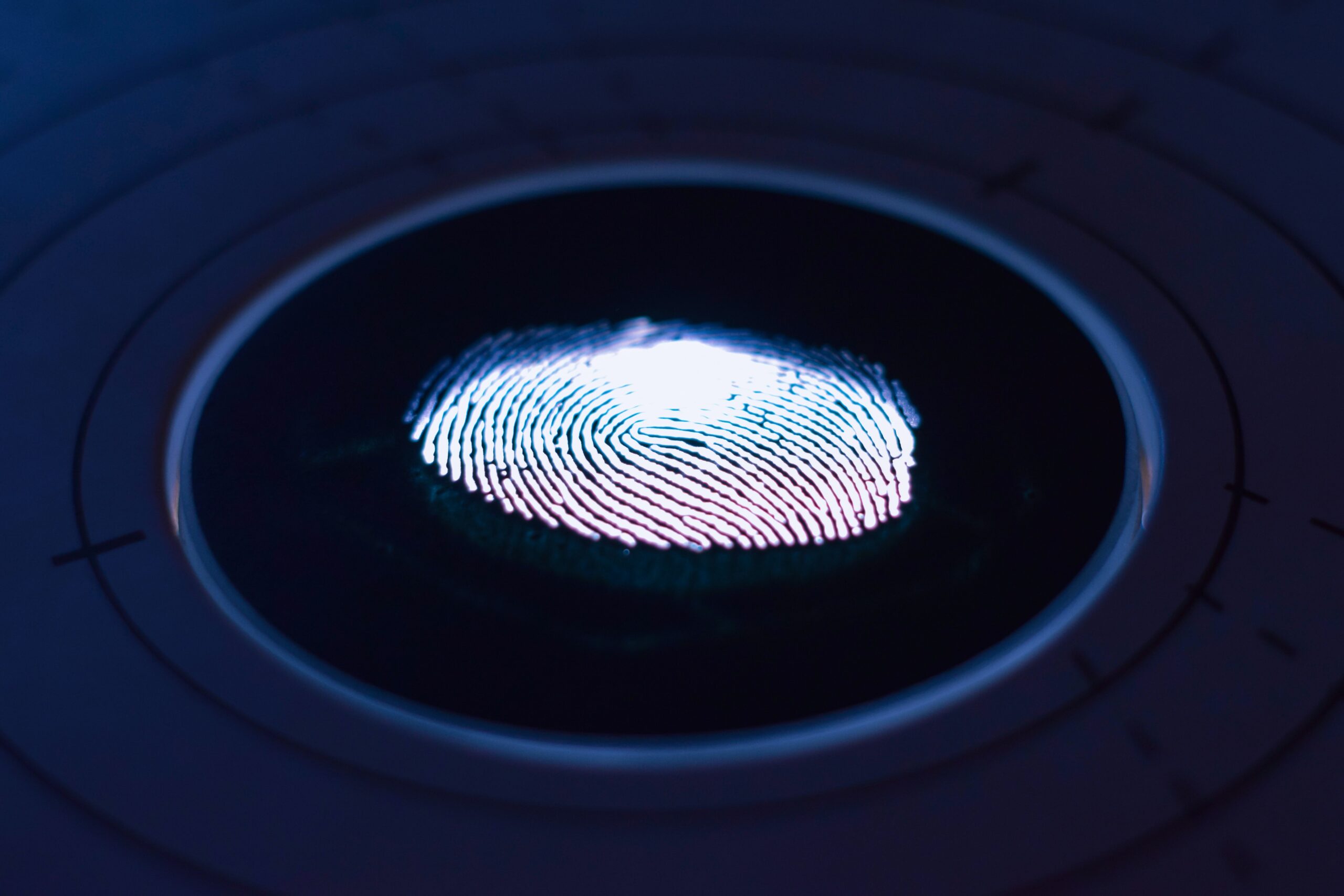
how traditional plant medicines became modern drugs
and the return to plant-based remedies…
“Walk into any pharmacy and ask to examine a bottle of prescription medicine chosen at random. There is a one in four chance that the medicine you hold in your hand has an active ingredient derived from a plant (1).” - Ethnobotanists Dr Michael J. Balick and Dr. Paul Alan Cox.
In fact, the current use of plant medicines may be much more common than we think, with the World Health Organization (WHO) estimating that, of the 252 drugs considered “basic and essential” for modern healthcare, at least 11% are derived exclusively from flowering plants (2).
Over the years, plant medicines have contributed enormously to the field of modern science, playing an essential role in the discovery of mainstream pharmaceuticals. Here, it’s not uncommon to find that drugs we see and hear about every day often find their original roots in the soil… think Aspirin from willow bark, caffeine from coffee beans, Digoxin from foxglove, Taxol from the pacific yew tree, Morphine from poppies… the list goes on and on!
And while it may be true that most of the medicines that we use under those names today aren’t extracted from plants directly, their precursors certainly were.
Most of the drugs we have and use today that come from plants were originally discovered through the process of trial, error, and success - the indigenous (and original) form of the scientific method. Later, using the ethnobotanical approach of studying traditional remedies and thousands of years worth of folk knowledge, mainstream medicine began to take note, refining the process through the use of modern technology.
how modern drugs were first discovered by pharmaceutical companies
The late pharmacognosist by the name of Norman Farnsworth once estimated that 89 plant-derived drugs currently prescribed in the industrialized world were discovered by studying folk knowledge (3).
But, when it comes to modern ethnobotanical drug discovery, the process can be a daunting and expensive one, each time, typically following a similar sequence of steps:
- Folk knowledge of a plant’s possible therapeutic activity accumulates
- A healer uses the plant for her patients
- The healer communicates her knowledge to a scientist
- The scientist collects and identifies the plant
- The scientist tests extracts of the plant with a bioassay (a preliminary screen for a specific pharmacological activity)
- The scientist isolates a pure compound from the plant by using the bioassay to trace the source of the activity in the plant extract
- The scientist determines the structure of the pure substance.
But further to the cost and complication of isolating specific active compounds within the plant, is a problem slightly more challenging to address. Roughly since the 1980s, pharmaceutical companies began to circulate the idea that new approaches to drug discovery - and ones that rely on techniques from molecular biology and computer- assisted drug design - were superior to methods rooted in folk medicine. Only recently has an interest in the development of plant-based pharmaceuticals become popularised again. As a consequence, there’s much catching up to be done…
For example, research shows that less than 0.5% of the species of flowering plants have been studied for their chemical composition - and that’s only scratching the surface of all the incredible plants available to us here on earth (4).
And slowly but surely we are seeing a return to the use of plants as medicines in and of themselves. While pharmaceuticals are created by isolating one or two of the active compounds within a plant, using the whole plant means you effectively harness the power of all 200-300 active compounds that are present.
While modern drugs are specifically designed to target a particular pathway or mechanism within the human body or brain (AKA “single bullet” drugs), whole plant medicines can sometimes offer a more gentle approach, and one that nudges the entire body back into better balance.
For more on the challenges of understanding the complexity of plants, check out our article on the importance of chemical fingerprinting. And if you haven’t yet, take our free quiz and discover which formulations for better calm and sleep sofi recommends starting your journey with.
Text References:
- Balick, M. J., & Cox, P. A. (2021). Plants, people, and culture: The science of ethnobotany. New York: Scientific American Library.
- Veeresham C. (2012). Natural products derived from plants as a source of drugs. Journal of advanced pharmaceutical technology & research, 3(4), 200–201.
- Balick, M. J., & Cox, P. A. (2021). Plants, people, and culture: The science of ethnobotany. New York: Scientific American Library.
- Balick, M. J., & Cox, P. A. (2021). Plants, people, and culture: The science of ethnobotany. New York: Scientific American Library.

